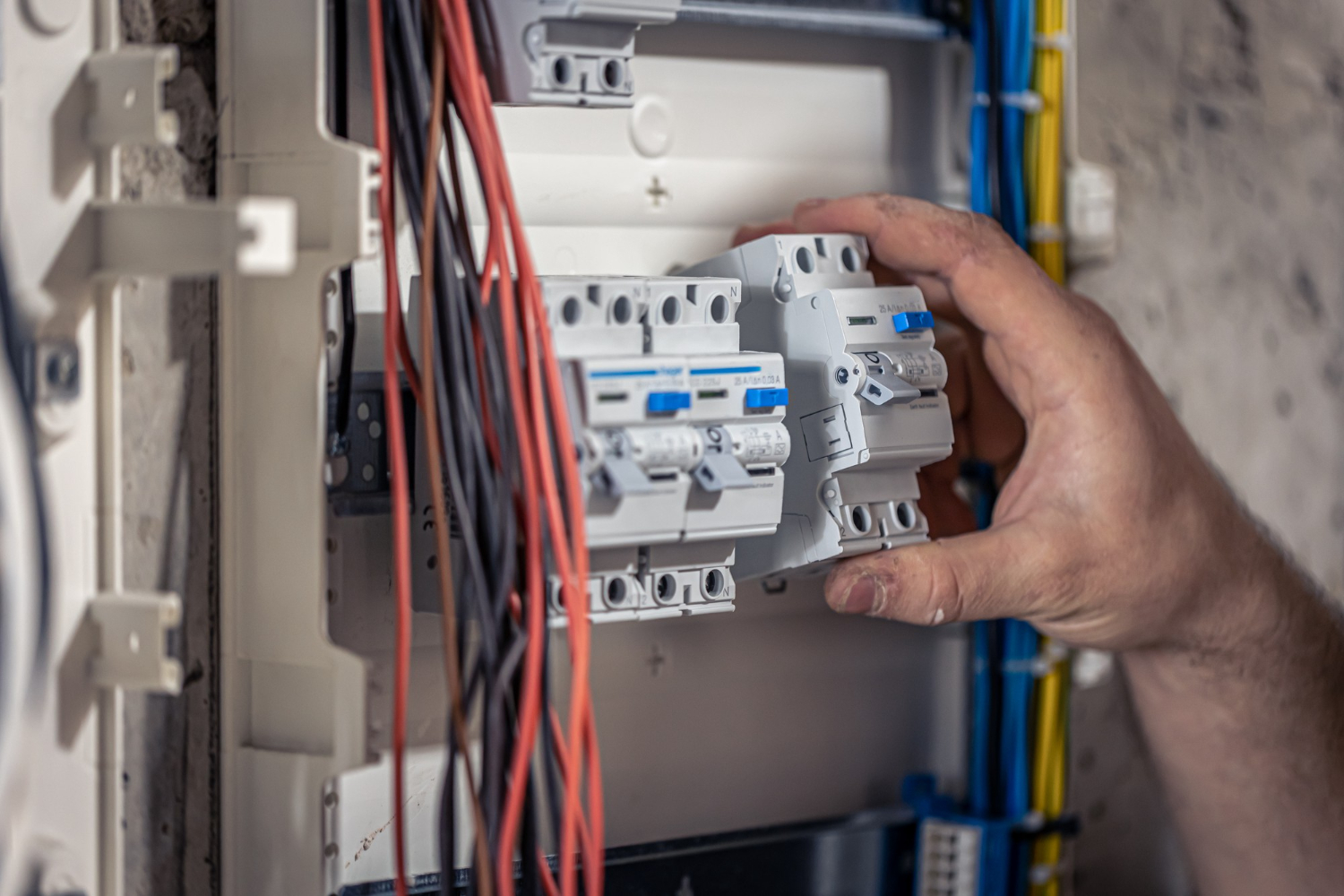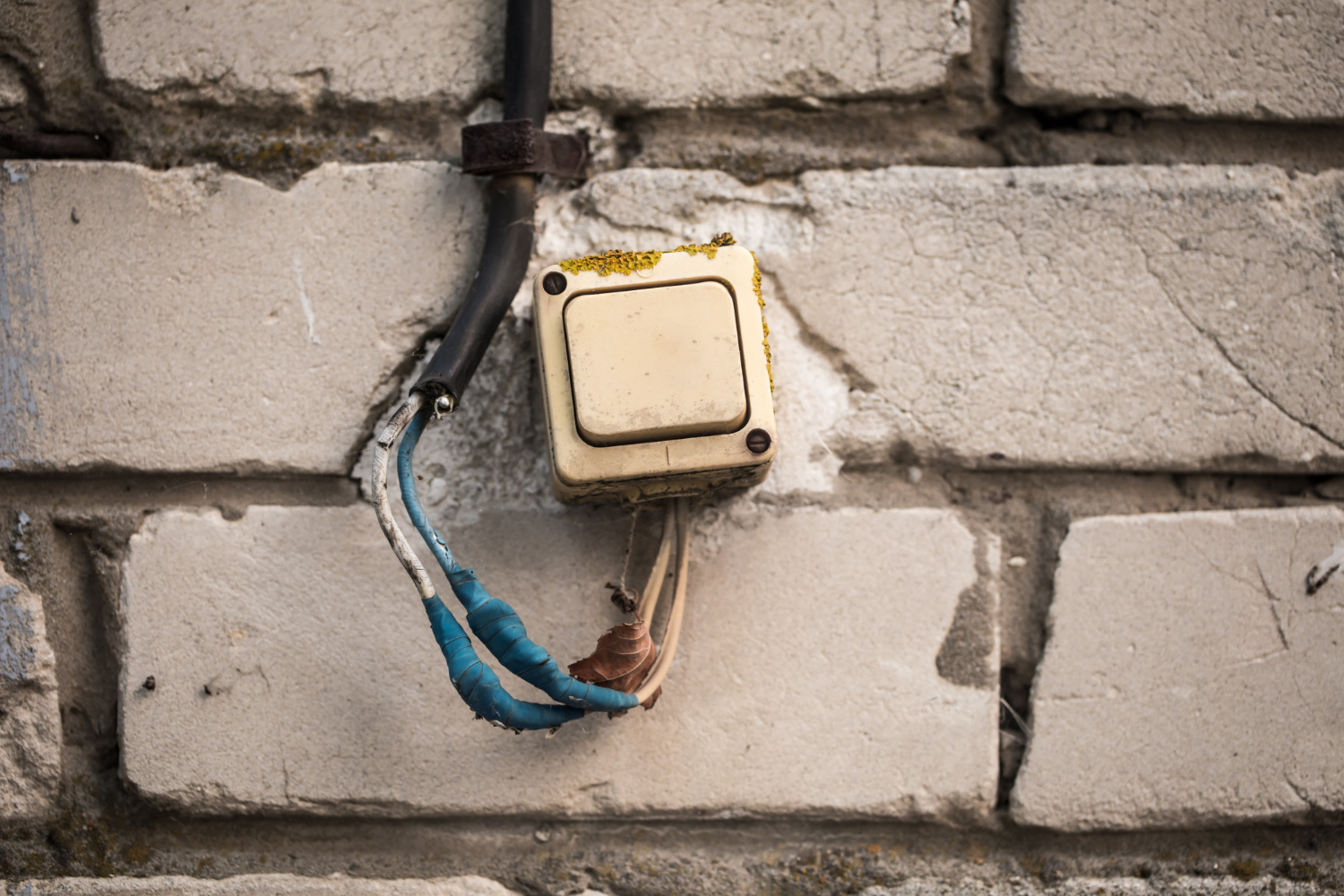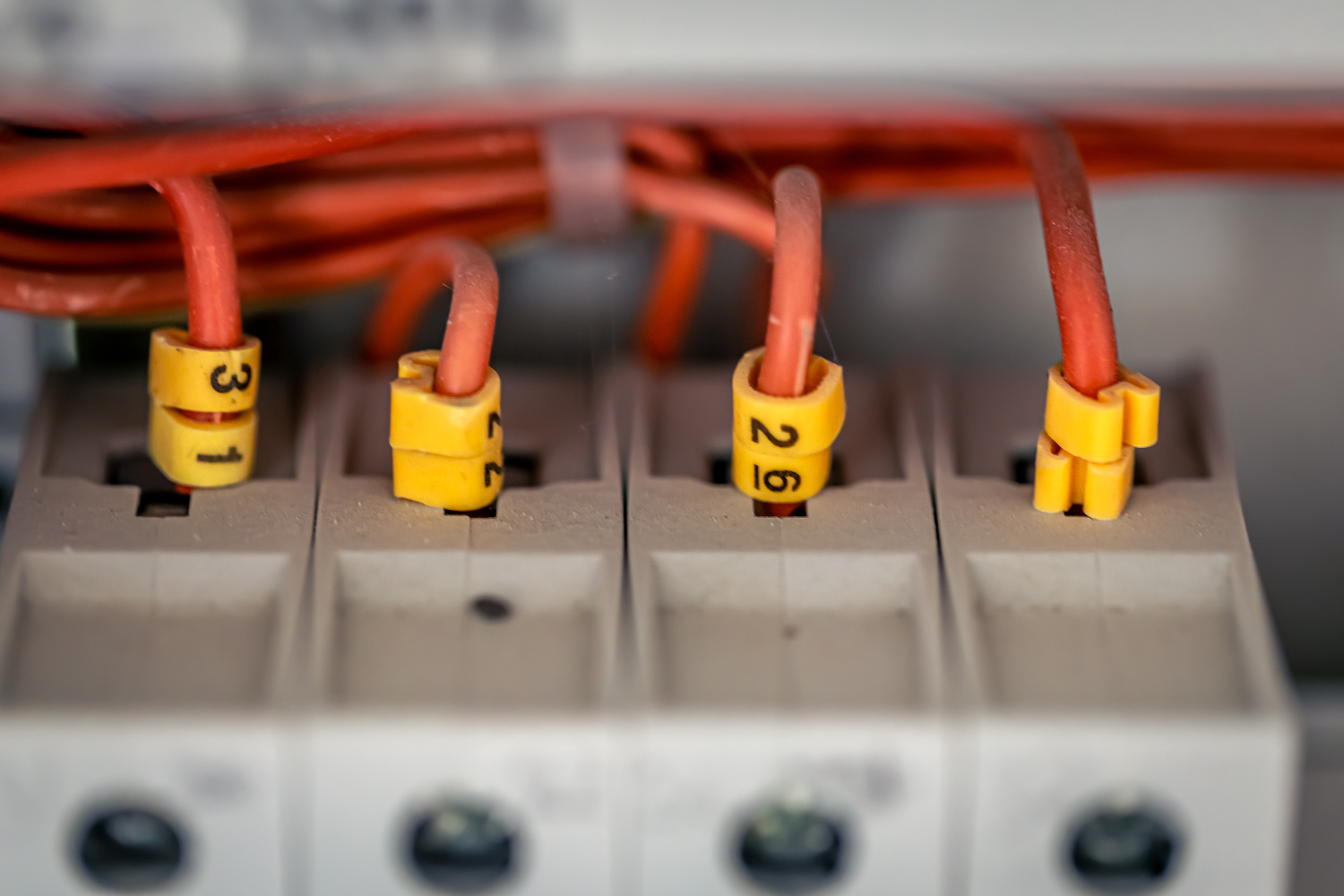Circuit breakers are an important part of your electrical system that regulates your home’s electrical distribution. There are two main types of residential circuit breakers homeowners should be aware of: single-pole and double-pole breakers.
Knowing these types of circuit breakers is important because you need to ensure the breaker is compatible with your larger electrical system. With that in mind, the team at ESD LLC is here to discuss the main differences between a single-pole vs. double-pole breaker.
Single-Pole vs. Double-Pole Circuit Breaker: Differentiating the Two
When it comes to a single-pole circuit breaker vs. double-pole circuit breakers, the main differences are the number of wires and their ampere and voltage/current ratings.
Single-pole breakers contain a single wire and are relegated to about 120 volts and between 15 and 30 amps. The lower electrical ratings make them ideal for smaller appliances that do not use as much electricity, such as blow dryers, TVs, stereos, video game consoles, computers, etc. Single-pole breakers are the smaller switches in your circuit breaker box.
Double-pole breakers, in contrast, contain two wires and are suited for higher electrical ratings. Most double-pole breakers have a voltage rating of 240V and carry a current of between 20 and 60 amps. Appliances that may require a double-pole breaker circuit include dryers, washers, range stoves, water heaters, hot tubs, and baseboard heaters.
When comparing a double vs. a single-pole breaker, a key feature is that double breakers have two ‘hot’ wires connected by a single neutral wire. If either circuit overloads, then both circuits will trip. This is different from single-pole breakers that only shut off one circuit if the breaker trips.
What Happens If I Use the Wrong Type of Breaker?
If you use a single-pole vs. a double-pole breaker, you won’t be able to run the appliance. Using a single-pole breaker instead of a double-pole breaker is a major fire risk, so you shouldn’t cut any corners when installing a 240-V electrical appliance.
However, you can just use one side of a double-pole breaker for single-pole purposes. In that case, the breaker will use whatever wire the appliance connects to. The main downside to using a double-pole breaker vs. a single-pole is that it might be easy to misidentify which wire is in use if you go to make repairs or modifications in the future.
If you are not sure about whether you need a single-pole breaker vs. double-pole breaker, discuss it with a professional electrician. They can help ensure that you choose the right breakers with respect to double-pole vs. a single-pole breaker options so your appliances run safely with no electrical fire risk.
When Deciding Between a Single vs. Double-Pole Breaker, Ask ESD LLC
At ESD LLC, we pride ourselves on our quality products and exceptional customer service. If you would like to learn more about the difference between single-pole vs. double-pole breakers or would like to discuss our product selection, contact us online or give us a call today at (425) 419-4167!




